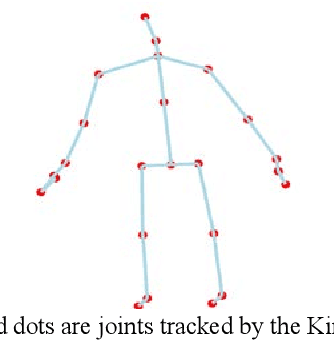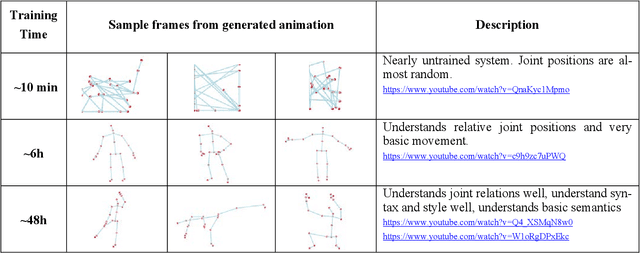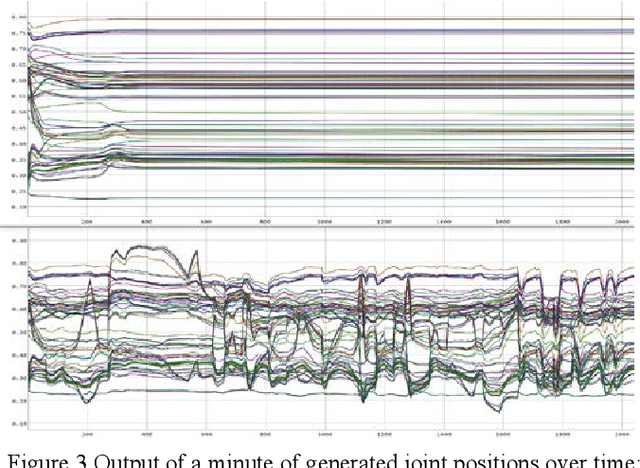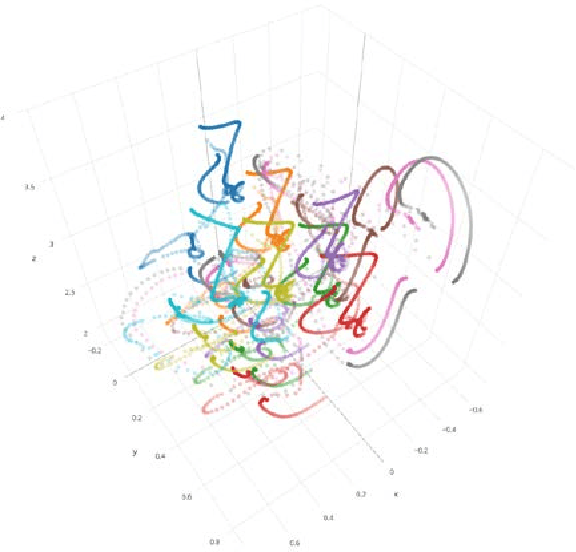Luka Crnkovic-Friis
Software Engineering Challenges of Deep Learning
Oct 29, 2018
Abstract:Surprisingly promising results have been achieved by deep learning (DL) systems in recent years. Many of these achievements have been reached in academic settings, or by large technology companies with highly skilled research groups and advanced supporting infrastructure. For companies without large research groups or advanced infrastructure, building high-quality production-ready systems with DL components has proven challenging. There is a clear lack of well-functioning tools and best practices for building DL systems. It is the goal of this research to identify what the main challenges are, by applying an interpretive research approach in close collaboration with companies of varying size and type. A set of seven projects have been selected to describe the potential with this new technology and to identify associated main challenges. A set of 12 main challenges has been identified and categorized into the three areas of development, production, and organizational challenges. Furthermore, a mapping between the challenges and the projects is defined, together with selected motivating descriptions of how and why the challenges apply to specific projects. Compared to other areas such as software engineering or database technologies, it is clear that DL is still rather immature and in need of further work to facilitate development of high-quality systems. The challenges identified in this paper can be used to guide future research by the software engineering and DL communities. Together, we could enable a large number of companies to start taking advantage of the high potential of the DL technology.
Generative Choreography using Deep Learning
May 23, 2016



Abstract:Recent advances in deep learning have enabled the extraction of high-level features from raw sensor data which has opened up new possibilities in many different fields, including computer generated choreography. In this paper we present a system chor-rnn for generating novel choreographic material in the nuanced choreographic language and style of an individual choreographer. It also shows promising results in producing a higher level compositional cohesion, rather than just generating sequences of movement. At the core of chor-rnn is a deep recurrent neural network trained on raw motion capture data and that can generate new dance sequences for a solo dancer. Chor-rnn can be used for collaborative human-machine choreography or as a creative catalyst, serving as inspiration for a choreographer.
 Add to Chrome
Add to Chrome Add to Firefox
Add to Firefox Add to Edge
Add to Edge